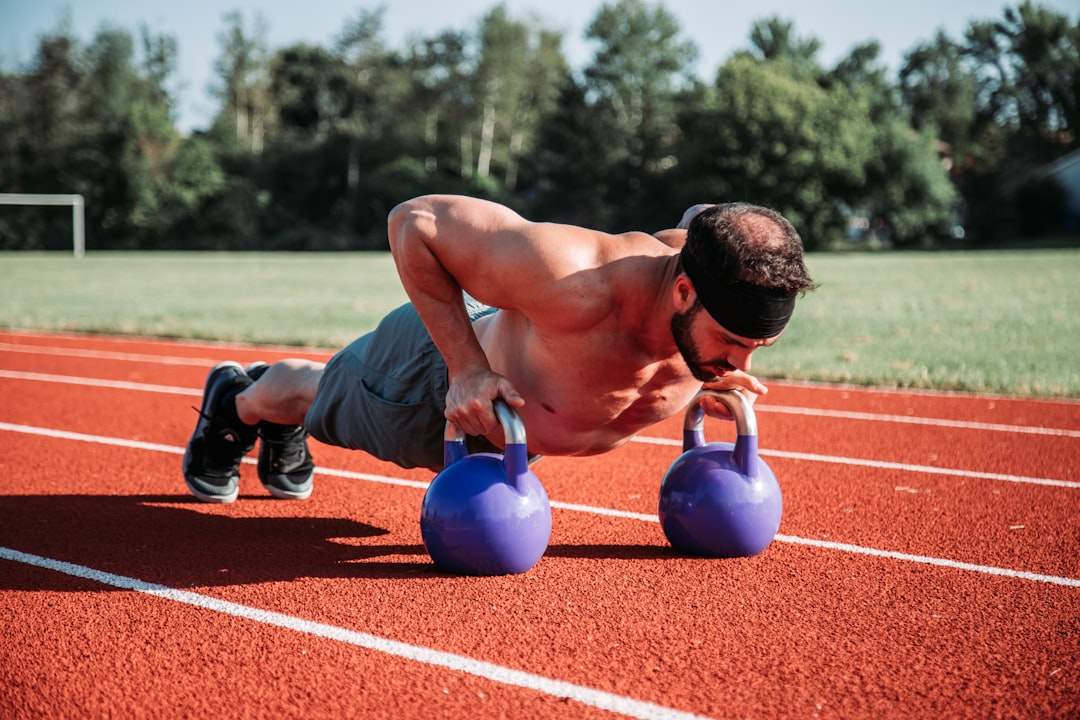Health
How to Speed Up Muscle Recovery After a Workout?

Muscle pain is a very common symptom of working out. When you work out, all the different muscle groups of the respective body parts work so that you can reach your goal. While your fitness instructor might always tell you to push harder and go beyond your capabilities, it is not always a very good option. Jumping right into the exercise without warming up your body correctly and going the extra mile, your body will endure all those, and you will not feel anything then. You will first experience muscle spasms then slowly it will turn into pain and stiffness. Moreover, an article on Healthcanal has mentioned that certain people are unable to move around because they have worked out more than they should have. Thus, you should know your body properly before you choose a particular set of exercises.
When you work out, your heart rate increases, due to which your body begs for more oxygen. Your heart takes up most of it in order to pump the blood all over your body. This is why you will notice that your blood pressure and your pulse rate have increased after a sweaty workout session.
Symptoms Of Muscle Pain After Workout Session
The muscle pain that hits after a strong workout session is known as delayed onset muscle soreness. The catch about this kind of muscle pain is that it cannot be felt during the workout session. Your body is stronger than you think, and it can endure heavy exercises that may not fit you. The next day when you wake up, the symptoms arise, and it only increases from that point onwards.
There is a small yet significant difference between delayed onset muscle soreness and the formation of lactic acid in your body that you should be aware of. Recall the burn on your body when you work out. The sudden accumulation of lactic acid causes that burn. That burn usually goes away after you are done with the specific exercise or when you rest. But DOMS occurs after your workout session. The time frame may vary somewhere between 6 hours to even 48 hours. These are the symptoms:
- Your muscle may be extra sensitive to touch and might even feel softer.
- You will feel difficulty in moving around smoothly due to the intense pain and soreness.
- In the area where you feel the pain, you might notice swelling.
- You will not find the strength in your muscle that used to be there.
- You will feel muscle fatigue.
How To Speed Up The Recovery Process?
Prolonged muscle soreness and pain can cause a lot of difficulties in performing other daily activities. Here are some tips to speed up the recovery process:
Increase Intake Of Essential Fluids
You might have always heard this from fitness experts to drink lots of water and keep your body hydrated when working out. Water is essential for your body to recover faster and give you more strength to perform your workouts and other activities better. Suppose you do not have fruit juice or protein shakes. In that case, just intaking water helps your body maintain the natural temperature and assists the blood in carrying necessary nutrients and oxygen all over the body. If you are lifting weight or performing HIIT exercises, it is advisable to drink protein shakes after the workout session.
Give Your Body Adequate Rest
Sleep is essential when your workout goal is to lose extra calories and have a lean body. Your body needs enough rest to repair the injured muscle tissues. When you rest well, you get the correct amount of energy to take on the next day.
Include Supplementary Food In Your Diet
Taking supplements is one of the ways to speed up muscle recovery. It gives you more energy, helps you lose or gain weight, increases muscle strength, and thus, helps in muscle recovery. Search for vitamin C, D Ribose, N Acetyl L Carnitine, and Polyphenol Blend when choosing supplements as those, are known to be pain-relieving ingredients and boost your overall energy and strength. This article healthcanal.com/supplements/259980-gundry-md-energy-renew.html provides detailed insights into the benefits of these ingredients and how they help to increase your energy level.
Conclusion
Muscle soreness and pain is a prevalent outcome of a hard workout session. One thing that you should always keep in mind is that never stop moving your body. Even when it is impossible to work out, walk around the house and slowly move the area where your muscles are stiff. After you have recovered, slowly start working out again. You will not feel DOMS after a few workout sessions. Connect your mind with your body and listen to it!
to request, modification Contact us at Here or [email protected]



